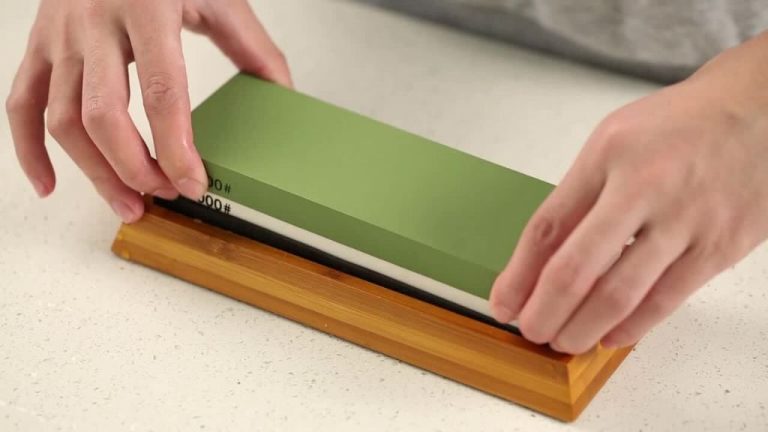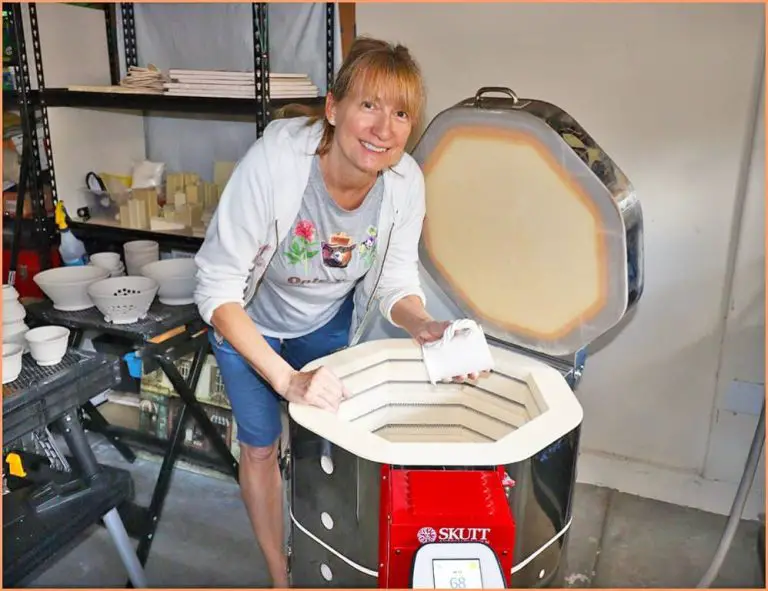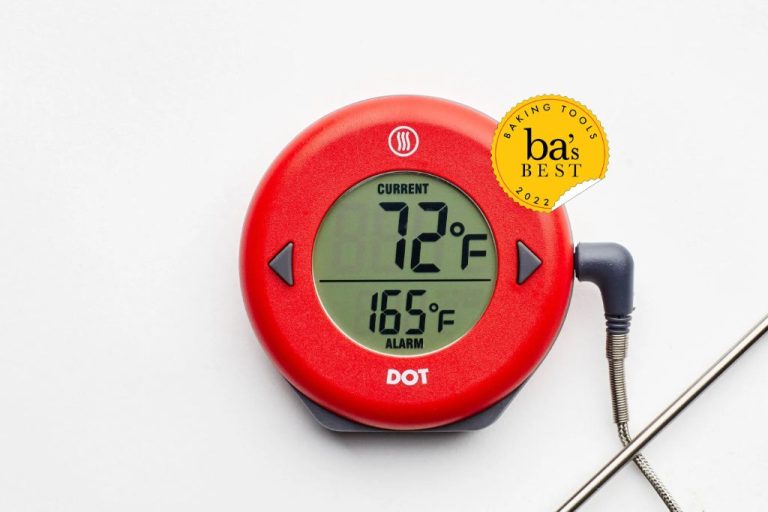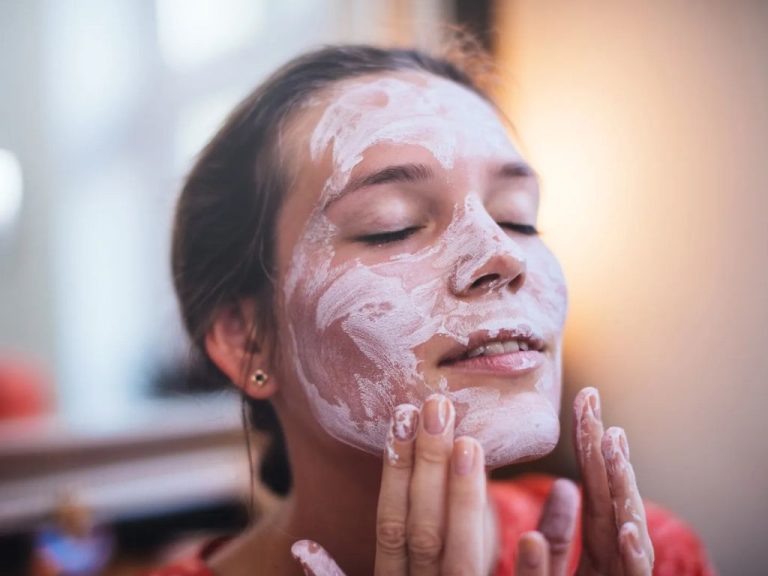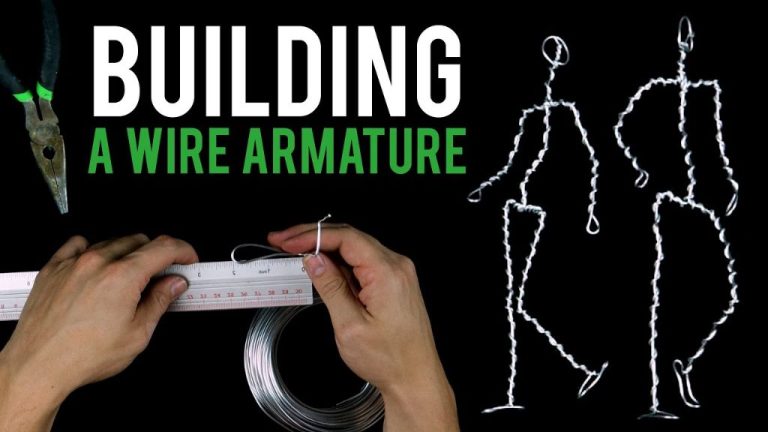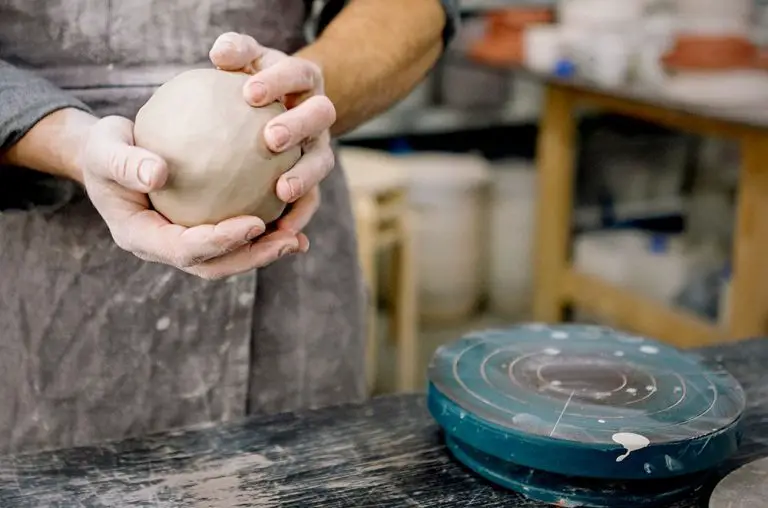How Do I Make My Own Silicone Molds?
Silicone molding is a handy technique that allows you to duplicate objects out of silicone rubber. It involves making a negative mold of an original object, then using that mold to cast replicas out of liquid silicone that cures into flexible rubber. With some simple materials and a bit of care, silicone molds can be created at home.
The basic process involves choosing an original object, building a containment frame, mixing and pouring liquid silicone rubber over the object, letting it cure, then removing the original to reveal the finished mold. The mold can then be used to cast multiple replicas out of materials like resin, wax, chocolate, or soap. Though it requires some specialized supplies, silicone mold making is accessible for crafters and makers.
Choosing Your Original Object
When choosing an original object to make a silicone mold of, there are several key considerations to keep in mind:
Size and Shape – Consider the size and shape of the object. Large or complex shapes may require a two-part mold. Undercuts and intricate details can also complicate the mold making process.
Texture – Objects with very smooth surfaces tend to mold easier than highly textured surfaces. Porous or fibrous materials may require a release agent.
Avoiding Undercuts – Undercuts are recessed areas that lock into a one-piece mold, making unmolding difficult. Look for undercuts and consider a two-piece mold if undercuts are present. Strategically placing mold lines can help avoid undercuts.
Ease of Molding – Start with objects that have a relatively simple shape without a lot of undercuts or small details. Smooth, non-porous items tend to release from molds the easiest.
Reproducibility – Consider if the material and shape of the original object will allow for high quality molding and casting. Porous or pliable materials may be more difficult to reproduce.
According to this source, simple shapes like cylinders, cubes, and spheres are ideal beginner projects for silicone mold making.
Safety Precautions
When working with silicone to create molds, it’s important to take proper safety precautions. Silicone can irritate eyes and skin, so you’ll want to avoid contact as much as possible.
Work in a well-ventilated area. Open windows and use fans to circulate fresh air. Silicone fumes can cause irritation, so good ventilation is key. You may want to wear a protective mask or respirator while pouring and mixing the silicone.
Wear safety goggles to protect your eyes. Liquid silicone can splash while pouring, so eye protection is a must. Nitrile gloves are also recommended to prevent skin contact. If you do get silicone on your skin, wash immediately with soap and water.
Avoid breathing in silicone fumes directly. Do not look down into the container when mixing or pouring. After finishing your project, wash your hands thoroughly and discard any silicone-contaminated materials properly.
With good ventilation, protective gear, and careful handling, you can create silicone molds safely. Work slowly and cautiously throughout the process.
Source: https://www.reddit.com/r/ResinCasting/comments/ty7jn0/silicone_moldmaking_safety/
Materials Needed
The main materials needed for silicone mold making include:
- Silicone rubber compounds – The most common are tin-cured silicones which come in a two-part formula that must be precisely mixed together. Platinum-cured silicones are also available for specialized applications. Key properties to evaluate are tear strength, shore hardness, and pot life. Popular brands include Smooth-On and Polytek.
- Release agents – These prevent materials from sticking to the mold. Common options are petroleum jelly, silicone sprays, and release waxes. Proper application of release agents is crucial for clean demolding.
- Containers or mold frames – These form the outer structure to contain the liquid silicone as it cures. Plastic containers, wood frames, clay walls, and legos work well. The frame depth should exceed the object’s height.
- Mixing tools and containers – Accurate measurement matters when mixing silicones. Digital scales, mixing cups, and popsicle sticks are essential. Items with smooth corners aid mixing.
With the right materials and careful work, high quality reusable molds can be produced for prototypes, finished castings, or mass production.[1]
Preparing the Original Object
Properly preparing the original object is a crucial first step to creating a clean silicone mold. Start by ensuring the object’s surface is clean and free of dirt, dust, oils, or other contaminants. Gently wash the object with soap and water, then allow it to fully dry.
Next, apply a release agent to the object’s surface. This will prevent the silicone from sticking to the original item. Common household release agents include petroleum jelly, vegetable oil, or spray silicone Some silicone mold makers recommend products like Ease Release 200 or Mann Ease Release for optimal mold separation.
Apply the release agent in a thin, even coat using your fingertips. Make sure to get into every nook and cranny of the object’s surface. Let the release agent dry completely before moving to the next step. Properly preparing the original object will lead to a clean finished mold and make demolding much easier.
Creating the Mold Frame
The mold frame serves as a container to hold the liquid silicone as it cures. It needs to be rigid enough to maintain the shape and prevent leakage. The frame also needs to allow some room for expansion of the silicone as it cures.
To build the mold frame, construct a box out of legos, cardboard, wood, or other rigid materials. Make sure the walls are 1-2 inches higher than the object you are molding to allow for silicone thickness. Silicone molds are typically 1/2 – 1 inch thick to ensure durability and prevent tearing.
The size of the frame will depend on the size of the object. Make sure to allow at least 1-2 inches of clearance on all sides for the silicone to fully encase the object with no air bubbles. This also provides enough room for the silicone to expand slightly as it cures without putting too much pressure on the frame walls.
Seal any leaks in the frame with caulk or hot glue before pouring in the silicone. Apply petroleum jelly or vegetable oil to the interior frame walls as a release agent. This will prevent the silicone from sticking to the frame, making demolding easier.
Proper frame construction ensures you can create a high quality, reusable silicone mold with an optimal thickness that captures detail.
Mixing the Silicone
When mixing the silicone to make your mold, it is crucial to follow the manufacturer’s instructions precisely. The ratio of base silicone to catalyst is optimized by the manufacturer, so altering it can negatively impact the end result. According to research from Newtop Silicone (https://www.newtopsilicone.com/crafting-excellence-the-science-of-silicone-rubber-mixing-techniques), “Paramount to silicone rubber mixing techniques are timing and temperature. The duration of mixing impacts dispersion, while temperature governs the chemical reaction.”
After measuring out the silicone and catalyst according to the specified ratio, thoroughly mix the two components together. Use a mixing implement like a wooden stick or spatula to vigorously stir in an up-and-down and side-to-side motion. As noted by Sil-Craft (https://sil-craft.com/blogs/learning/mixing-platinum-silicone-rubber), “Mix vigorously, scraping the sides and bottom of your container periodically to ensure homogeneity.” Mix for the recommended time, usually 2-3 minutes.
Mixing thoroughly and scraping the sides of the container will help avoid air bubbles in your silicone, leading to a smooth, even finish for your mold. Take care not to introduce bubbles while mixing. Once fully mixed, the silicone is ready to pour.
Pouring the Silicone
Once the silicone mixture is prepared, you will slowly fill your mold frame, being careful not to disturb the original object. Slowly pour the silicone in one corner of the frame, allowing it to gradually flow over the original object. As you pour, gently tap the outside of the frame to help release any air bubbles that may get trapped.
Pour the silicone gradually and gently to avoid splashing, which could displace the original object. The silicone should fully cover and encapsulate the object with at least 1/2 inch of silicone beyond it on all sides. Do not pour too much silicone at once or rush this process. Slow, gradual pouring allows air bubbles to naturally release.
Resist the urge to poke, prod, or otherwise disturb the original object once the silicone is poured. Let it cure undisturbed according to the silicone product instructions, typically 24-48 hours. Once cured, the flexible silicone mold will peel away easily in one piece, revealing a perfect mold cavity in the exact shape of the original object.
Curing and Unmolding
Once you’ve poured the silicone into your mold frame, it’s time to let it cure. Cure times will vary depending on the type of silicone you used, but most standard silicone molds require 24-48 hours of cure time at room temperature before they can be unmolded. Refer to your silicone’s instructions for exact cure times and temperatures.
As the silicone cures, it will become firm to the touch. Avoid handling or moving the mold too much during this process. Once the silicone has fully cured, you’re ready to unmold your original object. Slowly peel the silicone away from the edges of your object. Go slowly to avoid tearing the mold or deforming the silicone. Gently work the original object out, wiggling it from side to side if needed.
Be very careful during this process, as your original object may have undercuts or details that make it tricky to remove without damaging the mold. Patience is key. Take your time removing the original so you end up with a clean, fully-intact silicone mold.
Using the Finished Mold
Once your silicone mold has fully cured, you can start using it to create castings. Silicone molds can last for many castings if properly maintained. To extend the lifespan of your mold:
– Store the mold in a cool, dry place out of direct sunlight when not in use. Exposure to sunlight can cause the silicone to degrade faster.
– Avoid casting materials that contain sulfur, such as some clays and rubbers. Sulfur can react with the platinum in platinum-cure silicone, inhibiting further curing.
– Do not use the mold with casting materials that contain solvents that could swell or react with the silicone, such as oil-based clays.
To make a casting from your mold:
– Prepare your casting material as directed. Materials like resin, wax, and chocolate will need to be melted or mixed first.
– If the mold has an open top, build walls around it with Legos or clay before pouring your casting material to contain it.
– Apply a release agent like cooking spray or silicone spray inside the mold cavity if needed for smooth unmolding.
– Slowly pour your casting material into the mold, tapping the mold gently to release any air bubbles.
– Allow the casting material to fully cure/set as directed before unmolding.
To clean the mold between uses:
– Allow castings to fully harden before removing them from the mold to avoid tearing.
– Wash the mold with mild soap and water, using a soft brush to gently clean the mold cavity.
– Rinse thoroughly and dry with a soft cloth.
– Avoid harsh cleaning chemicals, abrasives, and scrubbing that could damage the mold surface.
– Apply a light coat of silicone or other release agent before reusing the mold.
Properly cared for, your silicone mold can yield many flawless castings!

